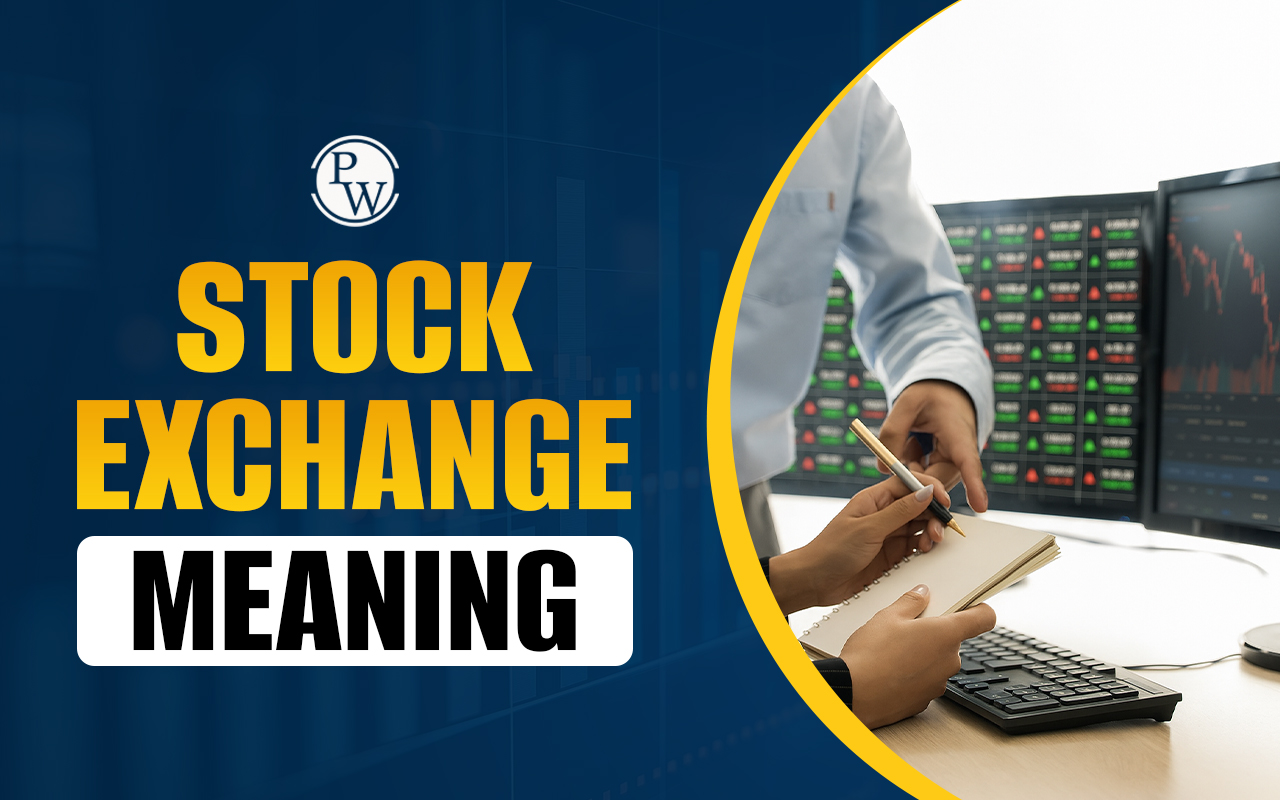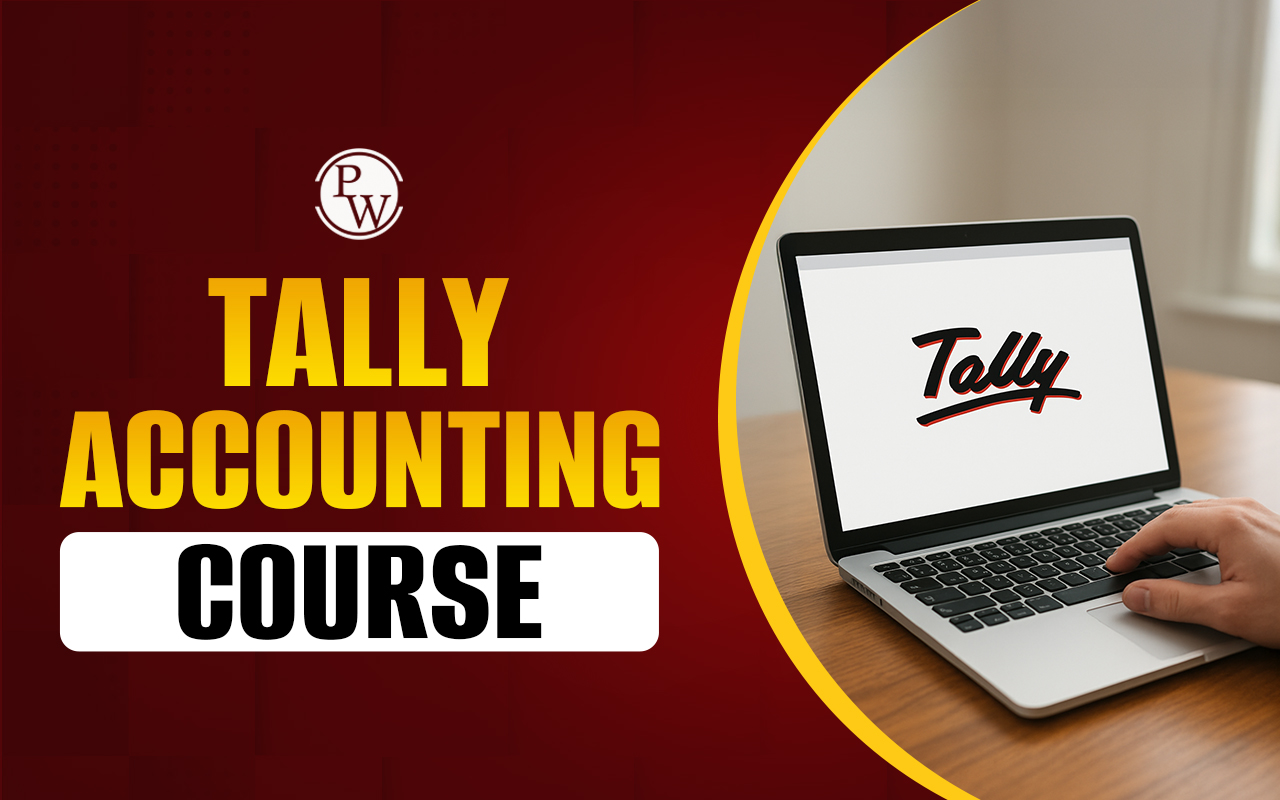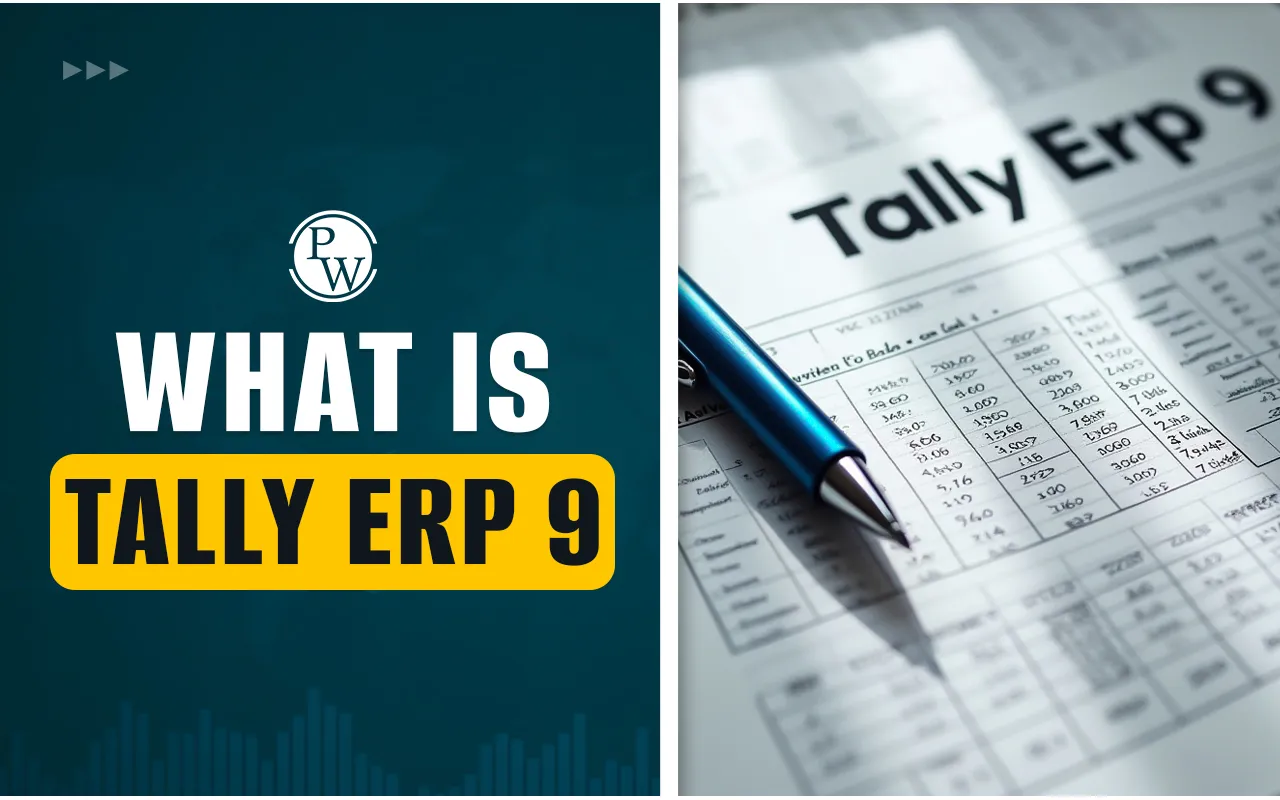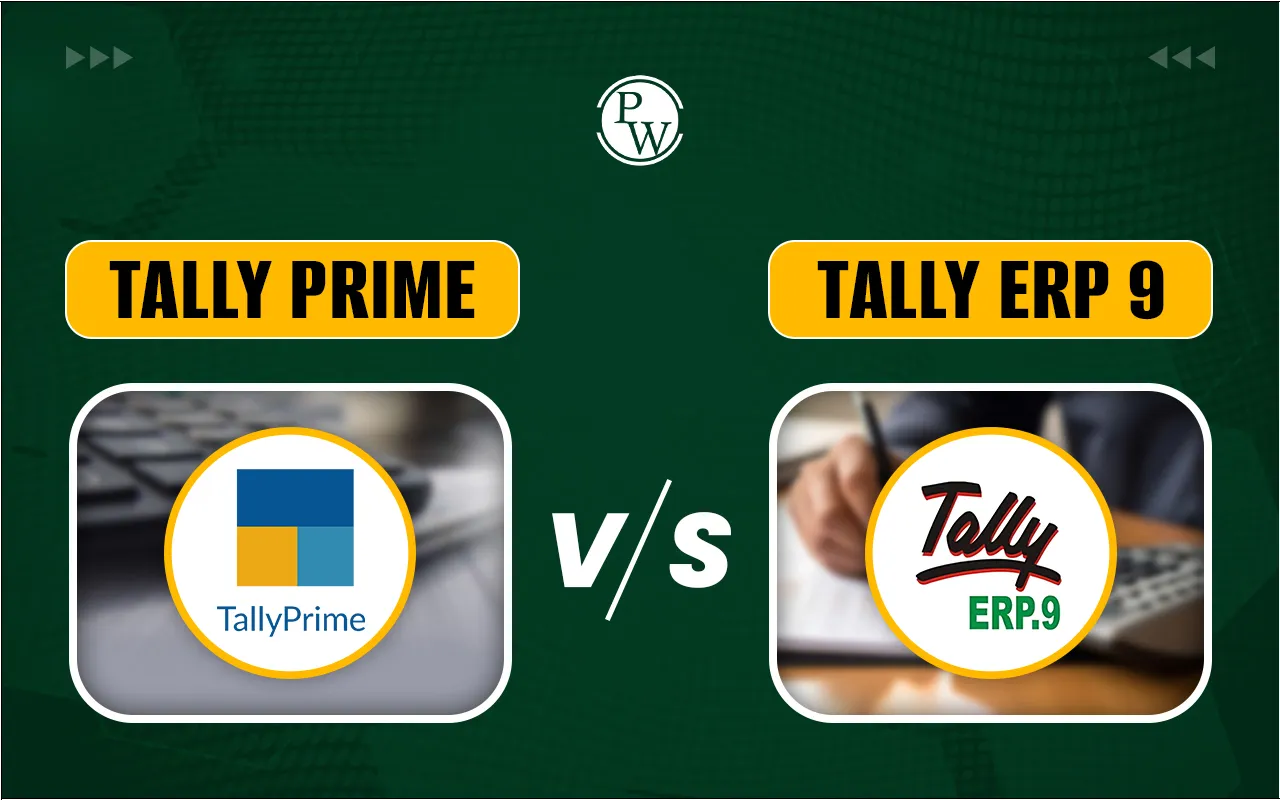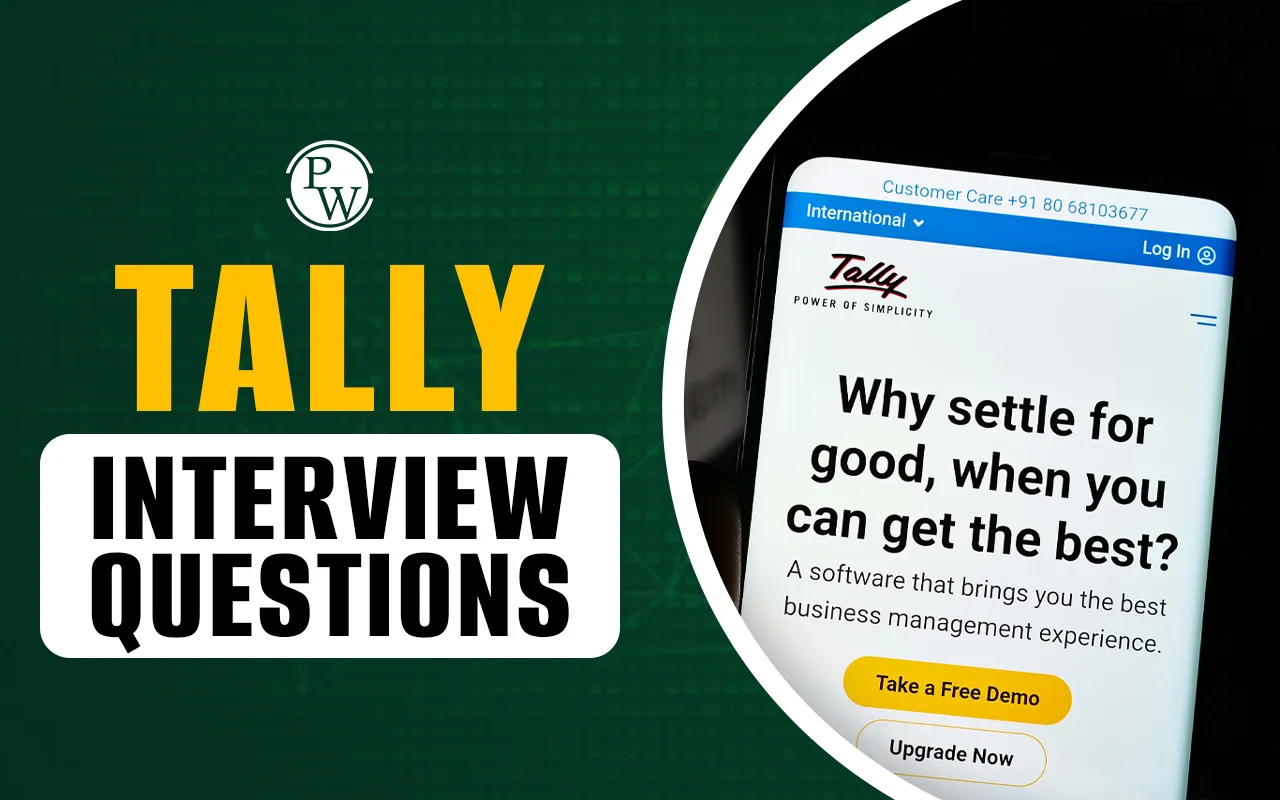
Leveraged Buyout: Among the many financial strategies shaping corporate acquisitions today, one that has remained particularly significant is the Leveraged Buyout (LBO). Often employed by private equity firms and investors, a Leveraged Buyout involves acquiring a company using a substantial portion of borrowed capital. Though the concept may appear bold, it is grounded in detailed financial planning and strategic foresight. Below, we’ll see the definition of a Leveraged Buyout, its operational framework, notable examples, and its role in modern corporate finance.
What Is a Leveraged Buyout?
To understand the basics, let’s start by answering a simple question: What is a Leveraged Buyout? In essence, a Leveraged Buyout refers to the acquisition of a company where the buyer uses a significant amount of borrowed money to fund the purchase. In most cases, the buyer leverages the assets of the target company itself as collateral for the loans. This means that rather than relying on its capital, the acquiring company takes on debt to make the purchase happen.
Typically, in a Leveraged Buyout, the ratio of debt to equity is high, indicating that most of the capital for the deal comes from loans, bonds, or other forms of borrowed money. The rationale is to enable large acquisitions without committing too much capital upfront.
How Does a Leveraged Buyout Work?
Understanding how a Leveraged Buyout works requires a breakdown of its process. Once a suitable target company is identified—usually one with consistent cash flow and tangible assets the acquiring firm approaches lenders to fund the acquisition. The steps usually involve:
Target Selection: The acquiring firm identifies a company that demonstrates strong cash flow, an established market position, and potential for cost improvements.
Debt Financing: Loans are secured from financial institutions or through bond issuance. The borrowed money forms the bulk of the acquisition capital.
Collateral Usage: The assets of the target company (sometimes along with the buyer’s assets) are pledged as collateral for the debt.
Acquisition Execution: Once the deal is completed, the buyer assumes ownership and starts implementing strategic changes.
Return on Investment: Returns are generated through debt repayment (deleveraging), profit margin improvements, and eventually selling the company at a higher valuation.
The ultimate aim of a Leveraged Buyout is to create value over time so that the debt can be paid off and the company can either be sold or taken public again at a better valuation.
Why Are Leveraged Buyouts Undertaken?
While LBOs are sometimes seen as hostile or predatory, they are often undertaken with strategic intentions. Some of the primary reasons include:
Privatization: Turning a public company into a private one to allow for restructuring without public scrutiny.
Spinoffs: Splitting a division of a large company into a standalone business.
Succession Planning: Allowing small business owners to sell their stake, often for retirement purposes.
Operational Improvements: Enhancing margins by reducing inefficiencies.
What is a Leveraged Buyout without a viable end goal? Typically, the acquiring firm plans an exit strategy within 5 to 7 years through either reselling, public offering, or merging with another entity.
Also Check: How to Become Financial Specialist?
Key Features of a Leveraged Buyout
Several characteristics define a Leveraged Buyout:
High Debt-to-Equity Ratio: Most of the purchase price is financed through debt.
Asset-Backed Lending: Loans are often secured against the acquired company’s assets.
Short to Medium-Term Investment: Usually held for a few years before exit.
Focus on Cash Flow: Target companies must have reliable cash flows to manage debt repayments.
Risks and Criticisms
Although LBOs are effective financial tools, they are not without criticism. A Leveraged Buyout puts immense pressure on the acquired company to meet debt obligations. This often leads to cost-cutting measures like layoffs, divestment, or reduction in R&D expenditures. Critics argue that LBOs prioritize short-term financial gain over long-term sustainability.
Furthermore, a high level of debt increases financial risk. In case of poor performance or market downturns, the acquired company might struggle to survive under debt burdens. This has led to several high-profile bankruptcies in the past.
Real-World Examples of Leveraged Buyouts
Several historic deals highlight the impact and scale of Leveraged Buyouts:
Hospital Corporation of America (HCA): In 2006, HCA was acquired by KKR, Bain & Co., and Merrill Lynch in one of the largest LBOs at that time.
Medline Industries: In 2021, Blackstone Group led a major leveraged buyout of Medline, marking a resurgence in large-scale LBO deals post-pandemic.
Citrix Systems: In 2022, Vista Equity Partners and Elliott Investment Management acquired Citrix in a significant LBO transaction.
These examples underscore the scale and diversity of companies involved in Leveraged Buyouts.
Read More - Top Financial Analyst Interview Questions 2025
Ideal Candidates for LBOs
Private equity firms seek companies that exhibit certain favorable characteristics for Leveraged Buyouts:
- Consistent cash flow
- Solid operational base
- Opportunities for cost reduction or margin improvement
- Potential for divestiture or resale at a higher value
Such businesses offer a reliable basis to service debt and generate returns for investors.
The Resurgence of Leveraged Buyouts
After a slowdown following the 2008 financial crisis, Leveraged Buyouts have seen a steady comeback. With improved lending environments and renewed investor interest, 2024 is already showing strong activity in leveraged loan markets. According to financial news sources, more firms are exploring LBOs as a viable strategy for growth and expansion.
The Leveraged Buyout remains a significant tool in the arsenal of private equity firms and strategic investors. While its aggressive borrowing model and associated risks invite debate, when executed judiciously, it can lead to transformational changes in the corporate landscape.
From enabling acquisitions of large companies to providing exit routes for business owners, a Leveraged Buyout has multiple applications. Despite its controversial reputation, the strategy continues to evolve, reflecting changing market dynamics and financial trends.
Whether you're a business student, financial analyst, or investor, understanding the fundamentals of Leveraged Buyouts can offer insights into high-stake corporate transactions and investment strategies that shape the economy.
Advance Your Career with the Financial Modeling Course
If you’re serious about building a career in finance and wish to understand and predict financial downturns with precision, we strongly recommend enrolling in the Financial Modeling Course with Deloitte Learning Academy.
Whether you're a student or a working professional, the Financial Modeling Course with Deloitte Learning Academy is an invaluable resource to strengthen your knowledge and confidence in volatile financial environments.
Leveraged Buyout FAQ
What is the primary objective of a Leveraged Buyout?
Who typically conducts a Leveraged Buyout?
What kind of companies are suitable for an LBO?
What are the risks associated with Leveraged Buyouts?

